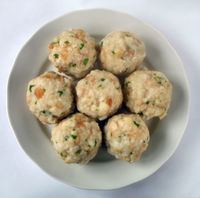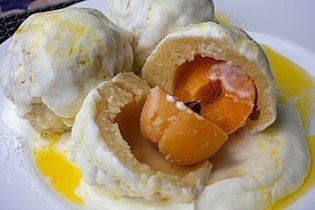Place of origin AustriaGermanyItaly Variations See list | ||
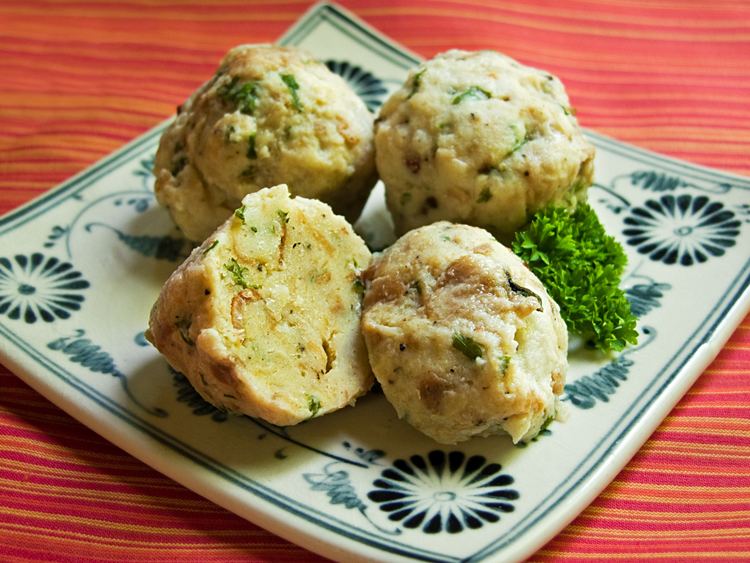 | ||
Similar Raspeball, Goulash, Red cabbage, Spätzle, Gnocchi | ||
Semmelkn del rezept chefkoch
Knödel (sing. der Knödel), or Klöße (sing. der Kloß) are boiled dumplings commonly found in Central European and East European cuisine. Central European countries in which their variant of knödel is popular include Austria, Germany, Hungary, Serbia, Croatia, Slovenia, Slovakia, and the Czech Republic. They are also found in Scandinavian, Romanian, Northern eastern Italian cuisine, Ukrainian and Belarusian cuisines. Usually made from flour, bread or potatoes, they are often served as a side dish, but can also be a dessert such as plum dumplings, or even meat balls in soup. Many varieties and variations exist.
Contents
- Semmelkn del rezept chefkoch
- Kartoffelkl e selber machen einfach und schnell anleitung f r kartoffel kn del
- Etymology
- Varieties
- References
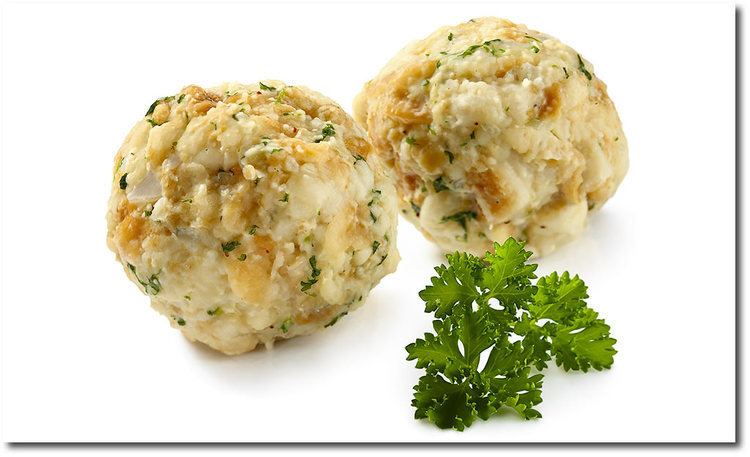
Kartoffelkl e selber machen einfach und schnell anleitung f r kartoffel kn del
Etymology
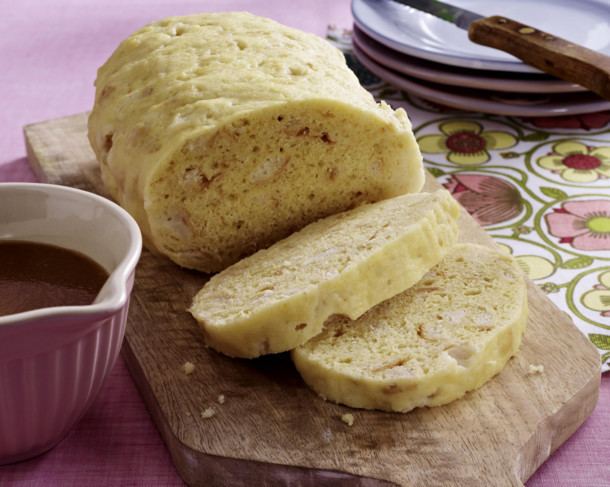
The word Knödel is German and derives from the Latin word nodus (knot). From the Old High German chnodo and the Middle High German knode it finally changed to the modern expression. Knödel in Hungary are called gombóc or knédli; in Slovenia, "knedl(j)i" or (less specifically) "cmoki"; in the Czech Republic, knedlík (plural: knedlíky); in Slovakia, "knedľa" (plural: knedlíky); in Luxembourg, Kniddel(en); in Bosnia, Croatia, Poland and Serbia, knedle; and, in Italy, canederli [kaˈneːderli]. In some regions of the United States, klub is used to refer specifically to potato dumplings. A similar dish is known in Sweden (kroppkakor or pitepalt) and in Norway, raspeball or komle filled with salty meat; and in Canada, poutines râpées. In Bukovina they are known as cnigle.
Varieties

Knödel are used in various dishes in Austrian, German, and Czech cuisine. From these regions, knödel spread throughout Europe. At the turn of the 20th century, it was commonly said that a Czech girl is not prepared to marry until she can cook this dish.
